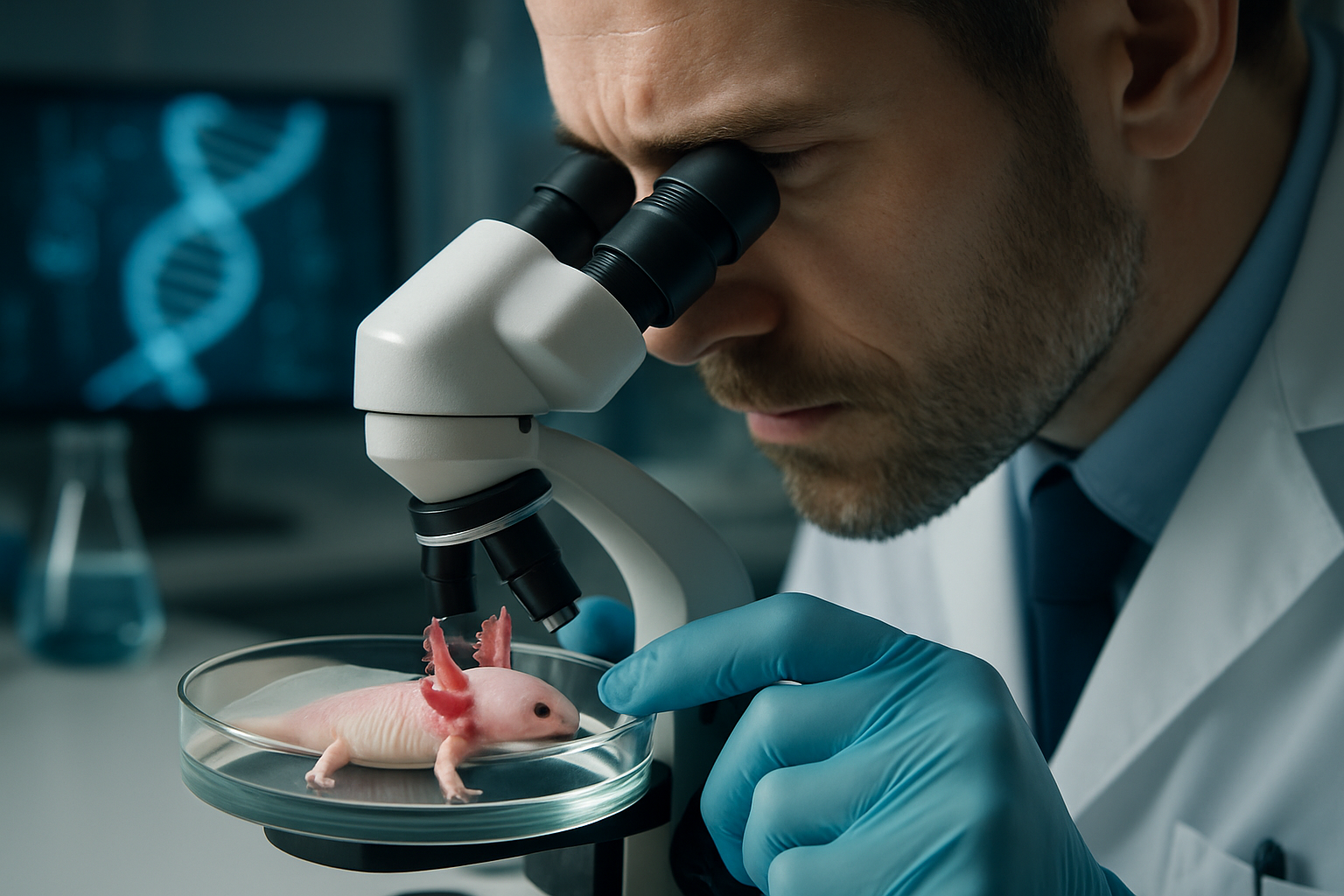Cell Lines in Regenerative Medicine Research: A Complete Guide
Cell lines serve as the backbone of regenerative medicine research, providing scientists with reproducible biological models to develop revolutionary treatments for previously incurable conditions. These carefully maintained cellular populations enable researchers to study tissue regeneration, test therapeutic approaches, and advance personalized medicine. Understanding how these biological tools work is crucial for appreciating the rapid progress in regenerative medicine and its potential to transform healthcare.

How Are Cell Lines Developed and Maintained?
Cell line development begins with obtaining cells from primary sources such as tissue biopsies, organs, or embryonic material. Scientists isolate specific cell types and culture them in controlled laboratory environments using specialized growth media containing nutrients, growth factors, and hormones. The development process involves several critical steps: initial cell isolation, adaptation to culture conditions, and establishment of stable growth patterns.
Maintaining cell lines requires meticulous attention to environmental factors including temperature (typically 37°C), CO2 concentration (usually 5%), and pH levels (around 7.4). Researchers regularly passage cells by transferring them to fresh culture vessels with new growth medium to prevent overcrowding and maintain viability. Quality control measures include regular morphology checks, growth rate monitoring, and contamination screening to ensure cell line integrity.
What Are the Common Applications in Biomedical Research?
Cell lines play pivotal roles across multiple areas of regenerative medicine research. In drug discovery, researchers use these cellular models to test potential therapeutic compounds, assess toxicity, and evaluate efficacy before moving to animal studies. Tissue engineering applications utilize cell lines to develop functional tissue replacements for organs like skin, cartilage, and blood vessels.
Disease modeling represents another crucial application, where scientists create cell lines from patients with specific genetic conditions to study disease mechanisms and test treatments. Stem cell research heavily relies on established cell lines to investigate differentiation pathways, regenerative potential, and therapeutic applications. Cancer research also benefits significantly, using tumor cell lines to understand oncology mechanisms and develop targeted therapies.
What Are the Differences Between Primary Cells and Immortalized Lines?
Primary cells are directly isolated from living tissues and maintain many characteristics of their tissue of origin, including normal growth patterns, genetic stability, and physiological responses. However, they have limited lifespan in culture, typically undergoing senescence after 20-50 divisions, which restricts long-term studies. Primary cells also show significant variation between different donors and preparations.
Immortalized cell lines have been genetically modified or naturally transformed to bypass normal senescence mechanisms, allowing unlimited proliferation in culture. While this provides consistency and unlimited supply for research, immortalized cells often lose some tissue-specific characteristics and may accumulate genetic changes over time. The choice between primary cells and immortalized lines depends on specific research requirements, with primary cells offering more physiological relevance and immortalized lines providing experimental consistency.
What Ethical Considerations Apply to Human and Animal Cell Lines?
The use of human cell lines raises important ethical questions regarding informed consent, particularly for lines derived from patient samples or embryonic sources. Researchers must ensure proper consent was obtained for cell line development and that current use aligns with original consent parameters. Historical cell lines, such as HeLa cells derived from Henrietta Lacks without consent in 1951, have prompted ongoing discussions about patient rights and benefit-sharing.
Animal cell line ethics focus on the Three Rs principle: Replacement, Reduction, and Refinement. Scientists strive to replace animal-derived materials when possible, reduce the number of animals used in cell line development, and refine methods to minimize animal suffering. Institutional ethics committees carefully review proposals involving both human and animal cell lines to ensure compliance with established guidelines and regulations.
What Challenges Exist in Authentication and Contamination Prevention?
Cell line contamination and misidentification represent significant challenges in regenerative medicine research. Cross-contamination between different cell lines can occur during handling, leading to experimental errors and irreproducible results. Studies suggest that 15-20% of cell lines used in research may be misidentified or contaminated, highlighting the critical need for robust authentication protocols.
Modern authentication methods include Short Tandem Repeat (STR) profiling, which creates unique genetic fingerprints for each cell line. Regular mycoplasma testing prevents bacterial contamination that can alter cell behavior and experimental outcomes. Advanced techniques like next-generation sequencing provide comprehensive genetic characterization, while improved laboratory practices including dedicated equipment, sterile technique training, and regular quality assessments help maintain cell line integrity throughout research programs.
This article is for informational purposes only and should not be considered medical advice. Please consult a qualified healthcare professional for personalized guidance and treatment.




